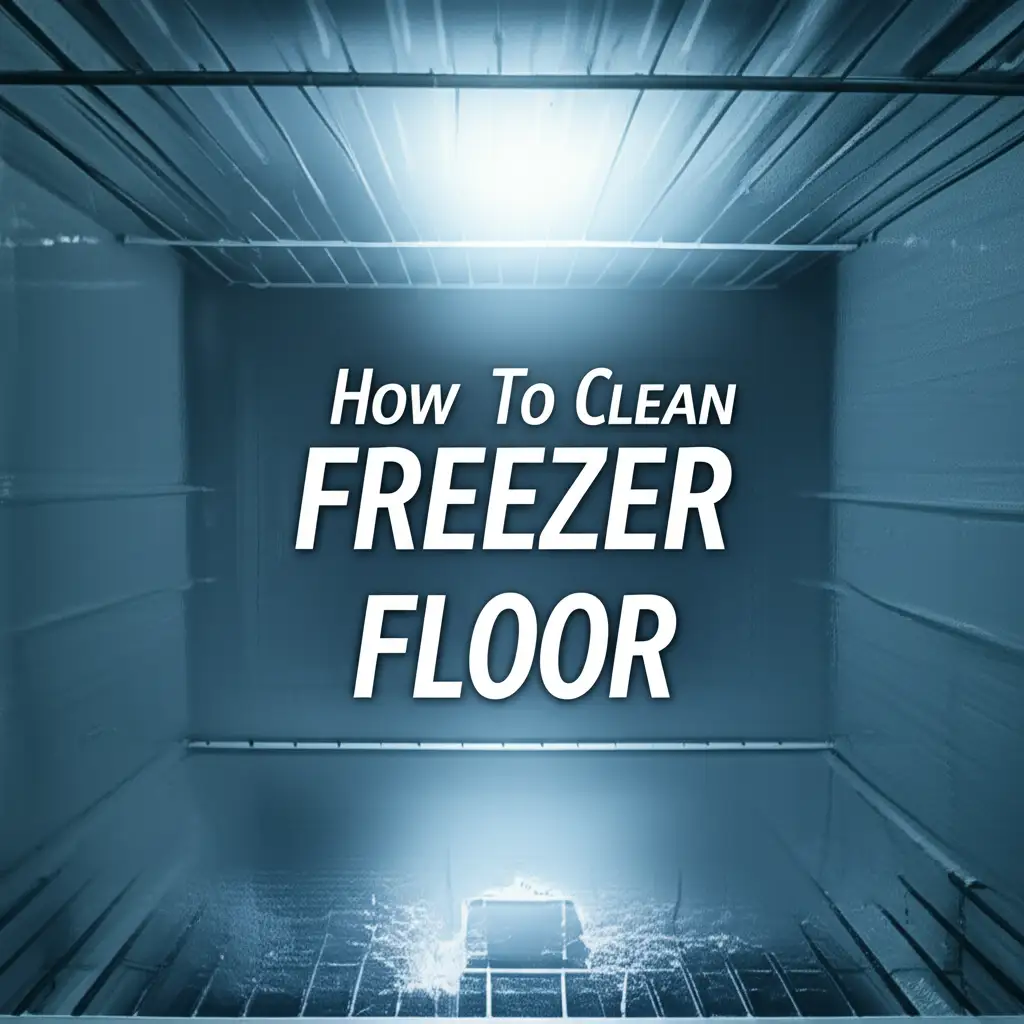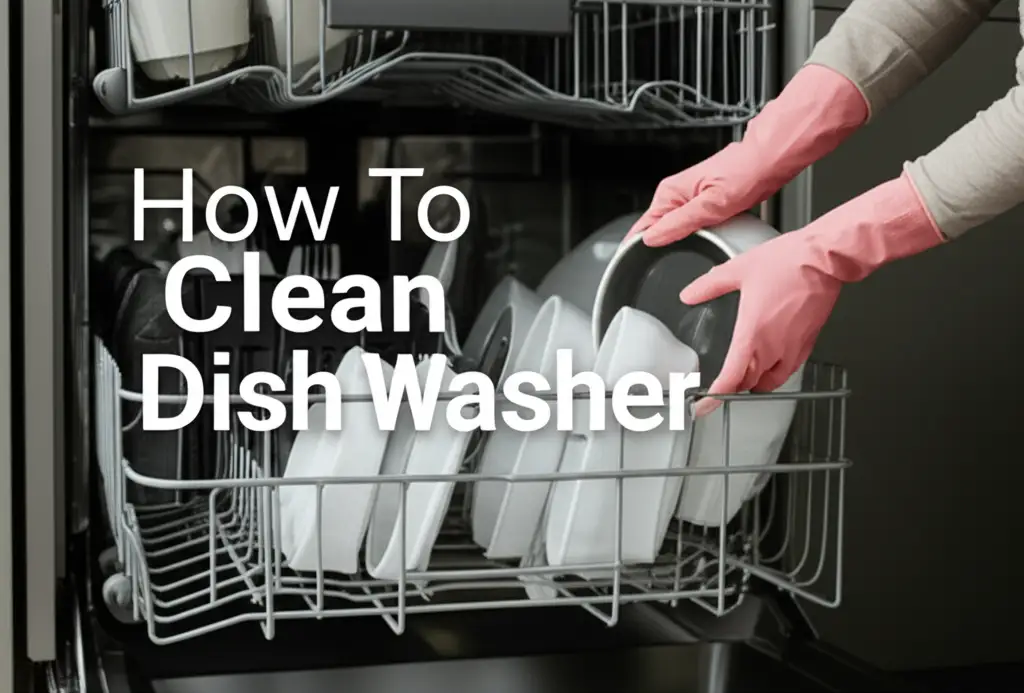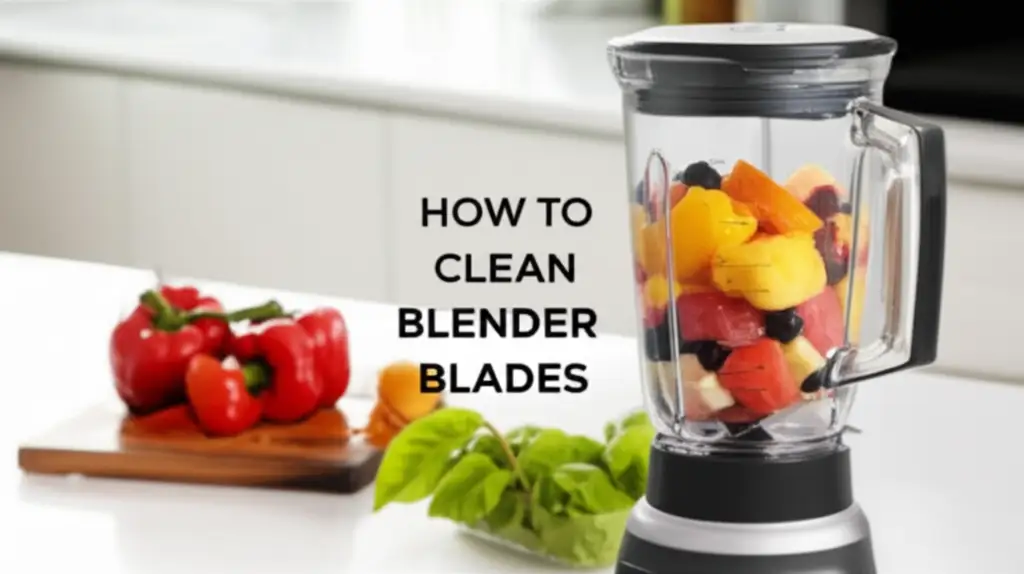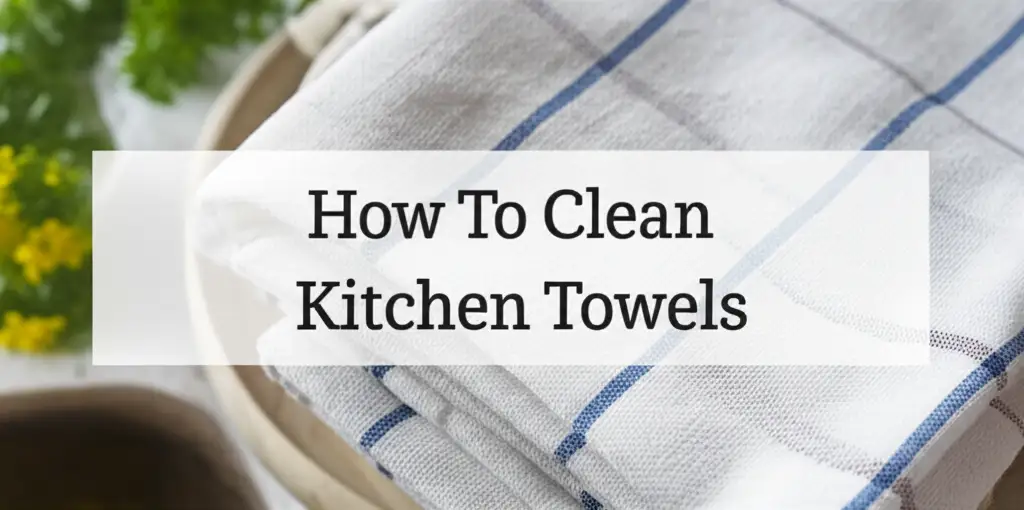· Home Cleaning · 14 min read
How To Clean Freezer Floor

How To Clean Freezer Floor: Simple Steps for a Spotless Space
Have you ever opened your freezer only to find sticky spills, mysterious stains, or a lingering odor? A dirty freezer floor is a common issue for many homes. These messes can affect food safety and even reduce your appliance’s efficiency. Cleaning your freezer floor might seem like a chore, but it is a vital part of home upkeep.
We will guide you through the process of how to clean your freezer floor thoroughly. This article covers everything from preparation and effective cleaning techniques to odor elimination. You will learn about the right tools and simple steps to keep your freezer fresh. Let us make your freezer a clean and efficient space.
Takeaway
- Empty and defrost your freezer completely before cleaning.
- Use mild cleaners like baking soda or white vinegar for a safe clean.
- Clean spills and ice buildup thoroughly.
- Dry the freezer interior completely to prevent new ice.
- Practice regular maintenance to keep the freezer floor clean.
Clear Answer to Main Query
To clean a freezer floor, first unplug the unit and remove all contents. Allow the freezer to defrost completely. Then, use a solution of warm water and mild soap or white vinegar to wipe down all surfaces. Rinse with a clean cloth and dry thoroughly before plugging the freezer back in and returning food.
Why a Clean Freezer Floor Matters
A clean freezer floor offers many benefits beyond just a neat appearance. Food spills, ice buildup, and crumbs accumulate over time. These can create a breeding ground for bacteria. A dirty freezer affects the quality and safety of your frozen food.
Regular cleaning helps your appliance run better. Dirt and excessive ice make the freezer work harder to maintain its temperature. This uses more energy and increases your electricity bill. A clean freezer floor is important for food safety, energy savings, and appliance longevity.
Cleaning also prevents unpleasant odors. Lingering food particles break down and release bad smells. These odors can transfer to other frozen items. A fresh-smelling freezer means your food stays fresh too. I always feel better knowing my appliance is clean inside.
Gathering Your Tools and Supplies for Freezer Cleaning
Before you start cleaning your freezer floor, gather all necessary items. Having everything ready makes the process smoother. You will need a few simple things. Most of these are likely already in your home.
Here is a list of what you should have on hand:
- Protective Gear: Wear rubber gloves to protect your hands.
- Containers for Food: Prepare coolers or insulated bags with ice packs. You will need these to store frozen food safely while the freezer is off.
- Defrosting Tools: A plastic scraper or a soft cloth with warm water can help remove ice. Never use sharp metal objects. They can damage the freezer.
- Cleaning Solutions:
- Mild Dish Soap: Mix a few drops with warm water.
- White Vinegar: Dilute with equal parts water for a natural cleaner and deodorizer.
- Baking Soda: Good for scrubbing and odor absorption. Make a paste with a little water.
- Cleaning Cloths and Sponges: Use soft cloths that will not scratch surfaces. Microfiber cloths work well.
- Towels: Absorbent towels are essential for drying. They also help soak up meltwater during defrosting.
- Bucket: A bucket holds your cleaning solution or collects water.
Having these supplies ready ensures you can clean your freezer floor efficiently. It avoids interruptions once you begin the cleaning process. This preparation step makes the whole task much easier for me.
Preparing Your Freezer for Cleaning
Proper preparation is the most important step before you clean your freezer floor. You cannot clean a freezer while it is running or full of food. This stage ensures safety and makes the cleaning effective. It helps prevent food spoilage too.
First, unplug your freezer from the wall outlet. This is a crucial safety measure. It prevents electric shock and allows the freezer to defrost. Never work on an appliance that is still powered on.
Next, empty all food items from the freezer. Transfer them quickly to coolers or insulated bags. Pack them tightly with ice packs. This keeps your food frozen and safe. Aim to keep the food cold for as long as possible.
Safe Food Storage During Defrosting
Storing food properly is key during freezer defrosting. Frozen food can start to thaw quickly. Use well-insulated coolers. Fill any empty spaces in the cooler with crumpled newspaper or towels. This helps maintain the cold temperature inside.
Place the coolers in the coolest part of your home. Avoid direct sunlight. Food safety guidelines suggest food remains safe in a cooler for a few hours. Plan your cleaning schedule accordingly. Try to clean your freezer quickly to minimize food thawing time.
Tips for Faster Defrosting
Waiting for a freezer to defrost can take time. You can speed up the process. Place bowls of hot water inside the freezer. Close the door for about 15-20 minutes. The steam helps loosen ice. You can also use a hairdryer on a low, warm setting. Keep it moving and do not hold it too close to the surfaces.
Another method is to use a fan. Direct a fan into the open freezer door. The circulating air helps melt ice faster. Remember to place towels on the floor around the freezer. These towels will catch any melting ice and water. This prevents water damage to your kitchen floor. Cleaning up water is important. Learn more about how to clean up a flooded floor if you encounter significant water. how to clean up a flooded floor
The Step-by-Step Freezer Floor Cleaning Process
Once your freezer is defrosted and empty, you can start cleaning the floor. This is where you remove all the spills, stains, and lingering grime. Approach this step systematically for the best results. A clean freezer floor helps keep food safe and extends appliance life.
Start by wiping down loose crumbs or debris. Use a dry cloth or a small handheld vacuum. This makes it easier to tackle the stuck-on messes. Make sure all removable parts, like shelves and baskets, are out. You can clean these separately in a sink.
Tackling Spills and Sticky Residue
The freezer floor often collects spills from leaking containers or packages. Sticky residue can be tough to remove. I use a warm, damp cloth soaked in a mild cleaning solution. A mixture of water and a few drops of dish soap works well. For stubborn, greasy stains, a paste of baking soda and water can be very effective. Apply the paste, let it sit for a few minutes, then scrub gently.
For particularly oily or sticky spills, you may need a stronger approach. Some food spills, like oils, require specific attention. If you encounter an oil spill that is very sticky, think about how you would handle an oil spill on other surfaces. You can find useful methods for cleaning tough oil spills on other floors. how to clean oil spill on floor I find this helps break down the residue. Always rinse thoroughly after using any cleaning agent.
Eliminating Ice Buildup
Even after defrosting, some stubborn ice patches might remain on the freezer floor. Do not chip at them with sharp tools. This can damage the freezer lining. Instead, use a plastic scraper or a wooden spatula. Gently push the ice away from the surface.
For very thick ice, apply a hot, damp towel to the area for a few minutes. The heat helps loosen the bond of the ice. Then, you can easily scrape it away. Be careful not to let too much water pool. Have towels ready to absorb meltwater as you work. Handling melted ice effectively prevents water damage inside or outside your freezer.
Washing and Rinsing the Floor
After removing all spills and ice, it is time for a general wash. Dip a clean cloth or sponge in your cleaning solution. Use either the mild dish soap and water mixture or the white vinegar and water solution. Wipe down the entire freezer floor and walls. Pay attention to corners and crevices where dirt might hide.
Ensure you reach every spot. This step removes any unseen grime and sanitizes the surfaces. After washing, rinse the freezer floor thoroughly. Use a fresh cloth dipped in plain warm water. Wipe away all soap or vinegar residue. This prevents any chemical taste or smell from transferring to your food. You can use simple methods for rinsing. Even if you do not have a mop, wiping with cloths works well for confined spaces. Learn more about how to clean a floor without a mop for versatile cleaning techniques. how to clean floor without mop
Drying Thoroughly
Drying is a critical final step. Any moisture left behind will freeze and turn into new ice. This defeats the purpose of your cleaning effort. Use clean, dry towels to wipe down every surface. Make sure the freezer floor is completely dry.
You can also leave the freezer door open for a while. Air circulation helps evaporate any remaining moisture. Use a fan directed into the freezer for faster drying. I sometimes leave it open for an hour or two. Ensure it is completely dry before plugging the unit back in. A dry freezer floor prevents immediate re-formation of ice and frost.
Dealing with Persistent Odors in the Freezer
Even after a thorough cleaning, sometimes an unpleasant odor can linger in your freezer. This often happens if food has spoiled inside or if strong-smelling items were stored uncovered. Eliminating these smells is important for fresh-tasting food. A smelly freezer is not a pleasant experience for anyone.
My go-to solution for freezer odors is baking soda. Baking soda is a natural deodorizer. After cleaning, place an open box or a bowl of baking soda on the freezer floor. Leave it there for at least 24 hours. The baking soda will absorb lingering smells. Replace it every few months for ongoing odor control.
Activated charcoal is another effective option. You can buy activated charcoal specifically for odor absorption. Place a small bag or container of activated charcoal inside the freezer. It works similarly to baking soda by trapping odor molecules. This is especially good for strong, persistent smells.
For a fresh scent, you can wipe the interior with a solution of vanilla extract and water. Just a few drops of vanilla in water on a cloth can leave a pleasant aroma. Remember, this is a finishing touch, not a cleaning agent. Always address the source of the odor first by cleaning thoroughly. A clean freezer floor with no hidden grime helps prevent future smells from forming.
Prevention is Key: Keeping Your Freezer Floor Clean
Cleaning your freezer floor is important, but preventing future messes saves you time and effort. A little regular maintenance goes a long way. Small habits can keep your freezer looking good and smelling fresh. I have found that consistent care truly pays off.
Here are simple strategies to keep your freezer floor clean:
- Proper Food Storage: Always use airtight containers or heavy-duty freezer bags. This prevents food from leaking onto the floor. It also stops strong odors from spreading. Labeling food items helps you use them before they spoil.
- Wipe Spills Immediately: If you see a small spill, clean it up right away. Do not wait for it to freeze and become a bigger problem. A quick wipe with a damp cloth prevents sticky residue. This stops stains from setting into the freezer floor.
- Use Freezer Liners or Trays: Place plastic mats or small trays on the freezer floor and shelves. These catch any drips or spills. You can easily remove and wash them. This protects the freezer surface from direct contact with messes.
- Avoid Overpacking: Do not pack your freezer too full. Overpacking can block air vents. This makes the freezer work harder. It can also cause items to shift and spill. Leave some space for air circulation.
- Regular Quick Wipes: Every few weeks, do a quick wipe-down of accessible areas. Use a damp cloth to clean shelves and the floor. This prevents grime from building up. It keeps your freezer hygienic without a full defrost.
- Check Expiration Dates: Periodically check your frozen food items. Discard anything old or spoiled. This prevents potential leaks and odors from forgotten items. A tidy freezer is a clean freezer.
By following these prevention tips, you can significantly reduce the need for deep cleaning. Your freezer floor will stay cleaner for longer. This makes maintenance much easier for you in the long run.
Troubleshooting Common Freezer Floor Issues
Even with regular cleaning, you might encounter specific challenges. A freezer floor can sometimes present unique problems. Knowing how to handle these makes your cleaning efforts more effective. I have faced a few issues myself and found solutions.
One common problem is stubborn ice buildup. Sometimes, ice forms quickly despite your efforts. This often indicates a poor door seal. Check the freezer door gasket for cracks or gaps. A faulty seal lets warm, moist air into the freezer. This air condenses and freezes, forming ice on the floor. Replace a damaged gasket to fix this.
Another issue is persistent odor. You cleaned the freezer, but a smell remains. This could mean the odor soaked into the plastic lining. Try a stronger deodorizing method. Mix a solution of white vinegar and water. Wipe down all interior surfaces again. You can also try placing a bowl of coffee grounds in the freezer overnight. Coffee grounds are powerful odor absorbers.
Sometimes, you might find water puddles on the freezer floor after defrosting. This happens if the drain hole is clogged. Many freezers have a small drain hole at the bottom. This allows meltwater to exit. If it is blocked, water collects on the floor. Use a small, soft brush or a pipe cleaner to clear any debris from the drain. Pour a little warm water down the drain to flush it. This ensures proper drainage.
Dealing with stains that do not come off with mild cleaners can be frustrating. For very old, set-in stains, try a baking soda paste. Mix baking soda with a small amount of water to create a thick paste. Apply it to the stain. Let it sit for 30 minutes or longer. Then, scrub gently with a non-abrasive sponge. Rinse thoroughly afterward. This often lifts tough marks.
If your freezer has a strange humming or rattling noise after cleaning, check for loose parts. Make sure shelves and baskets are seated correctly. Sometimes, items shifted during cleaning can cause vibrations. A clean freezer floor should lead to a quiet, efficient appliance. Addressing these small issues keeps your freezer running smoothly.
Frequently Asked Questions
How often should I clean my freezer floor?
You should deep clean your freezer floor at least once or twice a year. This involves defrosting and thorough cleaning. For routine maintenance, wipe spills immediately. A quick wipe-down of accessible areas every few weeks helps keep it fresh between deep cleans.
What is the best homemade cleaner for a freezer?
A simple and effective homemade cleaner is a solution of equal parts white vinegar and warm water. This mixture cleans and deodorizes. For tough spots or odors, a paste made from baking soda and water works well. These options are safe for food contact surfaces.
Can I use bleach to clean my freezer floor?
No, you should not use bleach to clean your freezer floor. Bleach is a harsh chemical. It can damage the plastic lining of your freezer. Its strong odor can also linger and transfer to food. Stick to mild, food-safe cleaners like vinegar, baking soda, or gentle dish soap.
How do I prevent ice buildup on my freezer floor?
To prevent ice buildup, ensure your freezer door seal is tight. A faulty seal lets in warm, moist air, which forms ice. Also, avoid leaving the door open for long periods. Store food in airtight containers. Defrosting regularly also prevents excessive ice.
Is it safe to put food back immediately after cleaning?
No, do not put food back immediately. Ensure the freezer interior is completely dry. Any moisture will refreeze. Plug the freezer in and let it cool down to its set temperature first. This usually takes a few hours. Then, you can safely return your food items.
Conclusion
Cleaning your freezer floor is a simple yet crucial task for every homeowner. It goes beyond just making your appliance look good. A clean freezer floor helps maintain food safety. It improves energy efficiency and extends the life of your appliance. We have covered the steps from preparation to odor removal.
You now understand the importance of defrosting. You also know which tools to use and how to tackle stubborn messes. Remember to dry the freezer thoroughly to prevent new ice. Incorporating prevention tips into your routine will keep your freezer clean for longer periods. Take these simple actions today. A clean freezer floor contributes to a more organized and hygienic home.
- Freezer cleaning
- Appliance maintenance
- Deep cleaning
- Kitchen hygiene
- Odor removal




